Summary
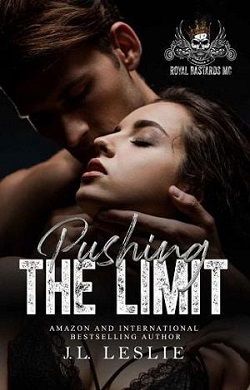
Pushing the Limit
by J.L. Leslie
Shame.
That’s what I feel when I look at him. When I imagine what it would be like to have him. I’m thirty-six years old. Dash is only a few years older than my son. I absolutely should not look at him the way I do.
But he looks at me the same way.
All my life, my best-laid plans never worked out. Widow. Bankrupt. Alone. That last one is a tough one. It’s been years since I have been held by a man, kissed by a man. And although Dash is significantly younger than me, he is all man.
I let him push my limits. Take me to heights I have never known.
There is only one thing that can bring me back down. One person. The one who got away. And he’s back in my life. He’s offering me the chance I didn’t take before.
Be with him.
How can I choose between the man I once loved and the man who has shown me what it’s like to be a woman again?
.
Read
Pushing the Limit on http://kissnovel.net
Martial Peak Reviews
In J.L. Leslie's novel Pushing the Limit, readers are invited into a world of complex emotions, societal expectations, and the often tumultuous journey of self-discovery. The story revolves around a middle-aged woman grappling with her past and present desires, set against the backdrop of a romance that defies age norms and societal conventions. The blurb succinctly captures the essence of the protagonist's internal struggle, making it clear that this is not merely a tale of romance but a profound exploration of identity and choice.
The protagonist, a thirty-six-year-old widow, embodies the weight of regret and the longing for connection. Her life has been marred by loss—both emotional and financial—and she finds herself at a crossroads when she meets Dash, a younger man who awakens feelings she thought were long buried. This dynamic sets the stage for a compelling narrative that delves into the themes of shame, desire, and the complexities of love across generational divides.
One of the most striking aspects of Pushing the Limit is its exploration of shame and self-acceptance. The protagonist's initial feelings of shame regarding her attraction to Dash are palpable and relatable. Leslie does an exceptional job of portraying the internal conflict that arises when societal norms clash with personal desires. This theme resonates deeply, particularly in a world where age gaps in relationships often invite judgment. The protagonist's journey towards embracing her desires, despite societal expectations, is both empowering and poignant.
Character development is another strong suit of Leslie's writing. The protagonist is not just a vessel for the story; she is a fully realized character with a rich backstory that informs her decisions and emotional landscape. Her interactions with Dash reveal layers of vulnerability and strength, showcasing her evolution from a woman defined by her past to one who dares to reclaim her identity. Dash, on the other hand, is portrayed as a confident yet sensitive man who challenges the protagonist to confront her fears and desires. Their chemistry is electric, and Leslie captures the nuances of their relationship with authenticity and depth.
The presence of the protagonist's past love adds another layer of complexity to the narrative. This character serves as a reminder of what could have been, creating a tension that propels the story forward. The choice between the man who represents safety and familiarity and the one who embodies passion and new beginnings is a universal dilemma that many readers will find relatable. Leslie skillfully navigates this tension, allowing readers to feel the weight of the protagonist's choices and the impact they have on her journey towards self-discovery.
Leslie's writing style is engaging and evocative, drawing readers into the emotional landscape of the characters. The prose is imbued with a sense of urgency that mirrors the protagonist's internal struggles. Descriptive passages vividly illustrate the settings and emotions, making it easy for readers to immerse themselves in the story. The dialogue is sharp and realistic, further enhancing the character development and the authenticity of their relationships.
In comparison to other contemporary romance novels, Pushing the Limit stands out for its focus on a mature protagonist navigating the complexities of love later in life. Similar works, such as Big Little Lies by Liane Moriarty or The Age of Desire by Jennie Fields, also explore themes of love, loss, and self-discovery, but Leslie's narrative is unique in its emphasis on the intersection of age and desire. The emotional depth and character-driven storytelling set this novel apart, making it a compelling read for those who appreciate nuanced portrayals of relationships.
Ultimately, Pushing the Limit is a celebration of self-discovery and the courage it takes to embrace one's desires, regardless of societal expectations. Leslie crafts a narrative that is both heartwarming and thought-provoking, inviting readers to reflect on their own choices and the paths they have taken. The emotional stakes are high, and the resolution is satisfying, leaving readers with a sense of hope and the belief that it is never too late to pursue happiness.
In conclusion, J.L. Leslie's Pushing the Limit is a beautifully written exploration of love, loss, and the complexities of human relationships. With its rich character development, engaging prose, and relatable themes, this novel is sure to resonate with readers who appreciate stories that delve into the intricacies of the human experience. It is a reminder that love knows no age and that the journey towards self-acceptance is often the most rewarding of all.




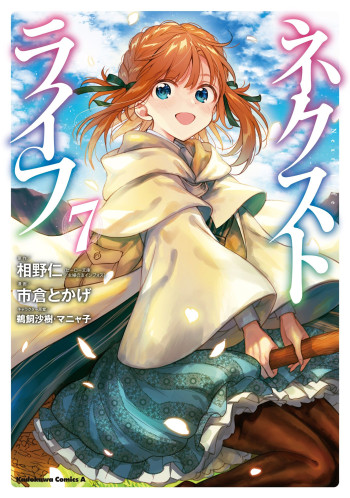
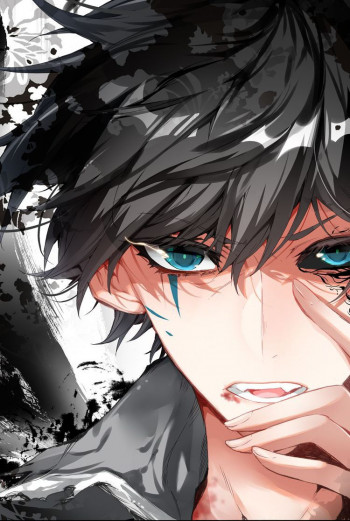

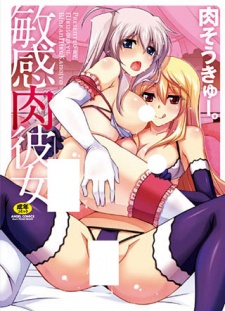

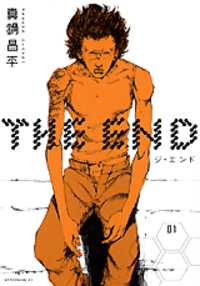

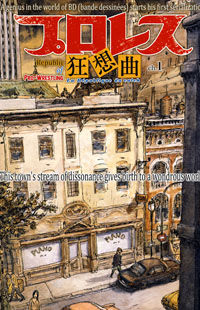












Reviews 0
Post a Reviews: